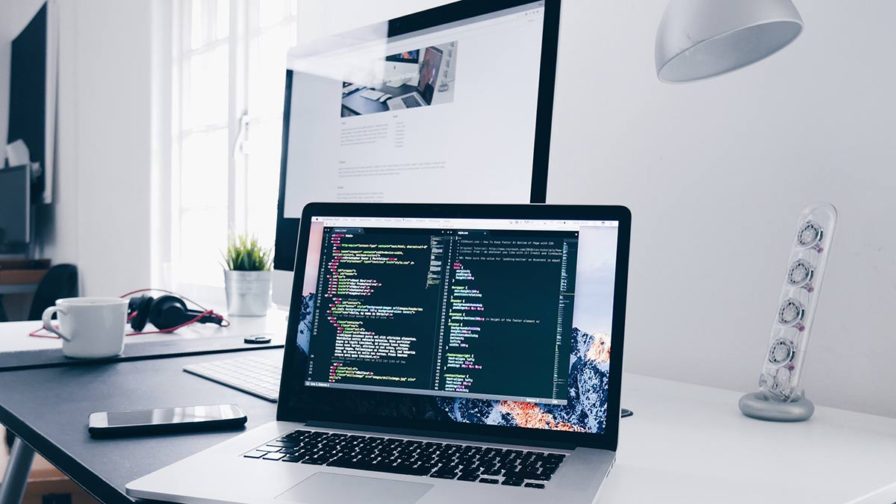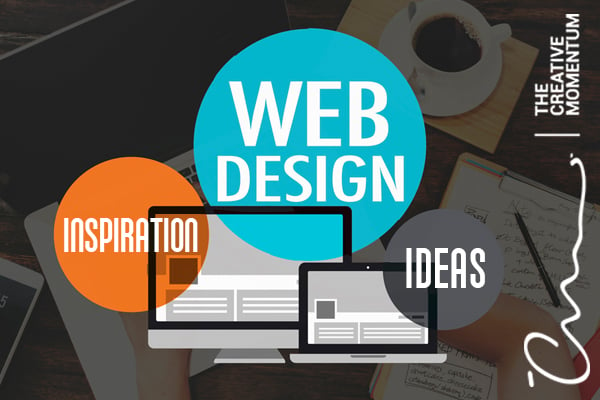Exploring the Basic Concepts and Finest Practices of Efficient Website Design for Boosted Individual Experience and Involvement

Importance of User-Centered Style
User-centered design (UCD) works as a foundation of reliable website design, emphasizing the requirement of tailoring digital experiences to meet the requirements and choices of customers. By focusing on the individual's point of view, UCD makes sure that web sites are not just functional but engaging and likewise intuitive.
The importance of UCD depends on its capacity to improve customer satisfaction and retention. They are much more most likely to return and suggest it to others when users find an internet site easy to navigate and straightened with their assumptions. This strategy cultivates a much deeper psychological link, allowing brand names to develop trust and commitment among their audience.
Moreover, UCD facilitates the recognition of user discomfort factors via research and screening, permitting designers to attend to these problems proactively. By entailing users in the style process, whether through meetings, studies, or usability screening, designers get valuable insights that notify far better decision-making.
Inevitably, the execution of UCD not only enhances the total user experience yet also drives measurable business results. Web sites that embrace user-centered methods tend to see greater conversion rates and enhanced performance metrics, underscoring the important function of UCD in contemporary internet design.
Key Style Principles
Reliable website design is based in essential style concepts that boost use and aesthetic appeal, more building on the foundation developed by user-centered layout. These concepts consist of uniformity, aesthetic hierarchy, and feedback, which together produce an intuitive customer experience.
Uniformity makes certain that layout components, such as shades, formats, and typefaces, continue to be consistent throughout the website. This familiarity aids users navigate and recognize the interface effortlessly, enhancing brand name identity. Aesthetic hierarchy, accomplished through color, dimension, and placement, guides individuals' focus to the most essential content, making information more available and engaging. By tactically arranging aspects, developers can help with quicker understanding and decision-making.

Incorporating these crucial style principles cultivates a harmonious blend of performance and aesthetic appeals, inevitably resulting in improved individual satisfaction and engagement. By adhering to these foundational ideas, designers can create internet sites that not only look enticing however additionally use a effective and enjoyable customer experience.
Best Practices for Functionality
Functionality is a foundation of effective website design, including a variety of techniques that enhance the general experience for individuals. To accomplish optimal use, it is necessary to prioritize intuitive navigation. Logical paths and clear food selections allow customers to locate information quickly, lowering frustration and enhancing complete satisfaction.
Furthermore, employing constant style components, such as shade systems and typography, fosters knowledge and alleviates navigation. Individuals need to not have to relearn exactly how to engage with various areas of the website. Moreover, guaranteeing that your internet site is receptive across numerous devices is important, as a raising variety of customers gain access to content on mobile phones.
One more finest practice involves incorporating access features, such as alt text for photos and key-board navigating alternatives, to suit customers with varied demands. Evaluating use through user comments is invaluable, as real-world understandings can expose unforeseen issues and locations for enhancement.
Enhancing Visual Power Structure
A distinct aesthetic hierarchy is critical for assisting users with a web site, allowing them to promptly recognize the significance of numerous aspects on a web page. This can be accomplished via the tactical usage of dimension, shade, contrast, and spacing (web design Johannesburg). Larger aspects naturally draw interest first, making headings or crucial contact us to action more famous
Shade can additionally play a significant duty useful content in developing pecking order; as an example, making use of a strong color for switches can assist them attract attention against a much more low-key background. Additionally, comparison in between message and history is crucial for readability, making sure that individuals can quickly navigate web content without stress.
Whitespace, or adverse room, is one more essential aspect of visual pecking order. It supplies breathing room around components, assisting to team related things and directing the user's eye from one area to another. By successfully using these style principles, internet designers can develop a smooth individual experience that boosts interaction and reduces cognitive lots.
Inevitably, a thoughtfully constructed visual hierarchy not just improves usability yet additionally cultivates an extra user-friendly interaction with the internet site, leading to higher contentment and retention rates amongst individuals.
Flexible and receptive Style
Aesthetic power structure plays a considerable role in customer experience, and its effectiveness needs to extend across numerous tools and screen dimensions. Flexible and receptive design are two important techniques to achieving this objective. Responsive layout employs fluid grids, flexible pictures, and media queries to adjust the design and web content dynamically, guaranteeing that customers delight in a smooth experience regardless of the gadget. This method enables a solitary codebase, simplifying maintenance and updates while enhancing uniformity across platforms.
On the other hand, flexible style makes use of distinct designs tailored to details display sizes. By finding the user's tool and offering an optimized design, flexible design can give an extra customized experience. This frequently needs several versions of the very same material, which can make complex administration and rise advancement time.
Both methods have their merits, and the choice in between them depends on task needs, target audience, and resource accessibility. Ultimately, the objective is to produce an interesting, straightforward user interface that maintains visual hierarchy and functionality across all platforms. A well-implemented receptive or adaptive style not just improves individual experience however likewise urges greater interaction and retention rates, crucial for the success of any web job.
Verdict
In final thought, efficient web design depends upon the assimilation of user-centered concepts and finest techniques that enhance general experience and involvement. By focusing go to this web-site on functionality via instinctive navigating, aesthetic pecking order, and receptive formats, designers can create systems that deal with varied individual needs. Moreover, the consolidation of access view website functions and regular style aspects guarantees a seamless interaction across devices. Emphasizing customer comments and aesthetic considerations inevitably cultivates complete satisfaction, retention, and enhanced efficiency in the digital landscape.
In the swiftly progressing electronic landscape, comprehending the basic principles and ideal techniques of reliable internet design is critical for fostering enhanced customer experience and involvement - web design Johannesburg.Use is a cornerstone of effective web style, including a variety of methods that boost the total experience for customers. By effectively using these style concepts, internet developers can create a seamless user experience that improves engagement and minimizes cognitive lots
Responsive design uses fluid grids, versatile photos, and media questions to adjust the format and material dynamically, making sure that customers take pleasure in a smooth experience no matter of the tool. A well-implemented responsive or flexible style not just enhances user experience yet additionally motivates higher engagement and retention rates, important for the success of any web task.